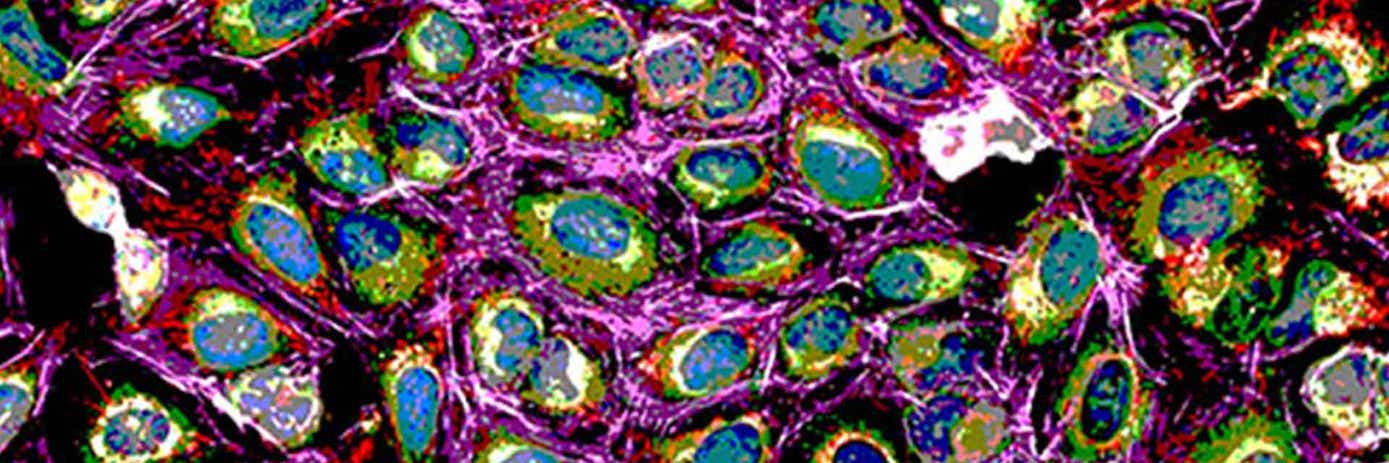

Machine-learning prediction of drug mechanism of action from high-content cell painting images
In this application note, we explore the implementation of a deep-learning pipeline for applying high-content imaging in drug discovery, focusing on the study of the mechanisms of action (MOA) of chemical compounds. By implementing a semi-supervised machine-learning training method, we show an improvement in accuracy while preserving the ability to identify unknown MOAs. The result is a more accurate and flexible framework for phenotypic analysis.
For research use only. Not for use in diagnostic procedures.
To view the full content please answer a few questions
Download Resource
Machine-learning prediction of drug mechanism of action from high-content cell painting images




























